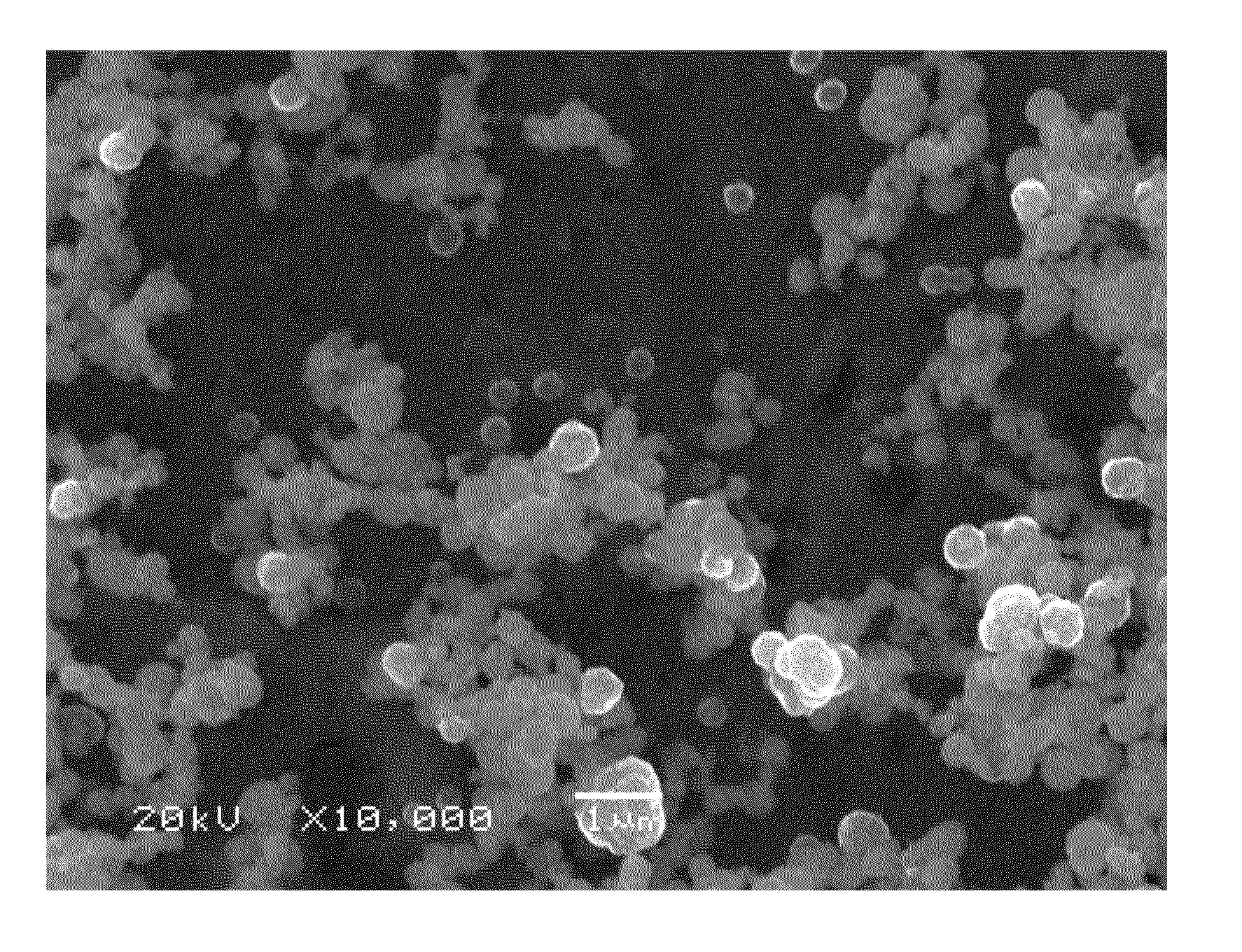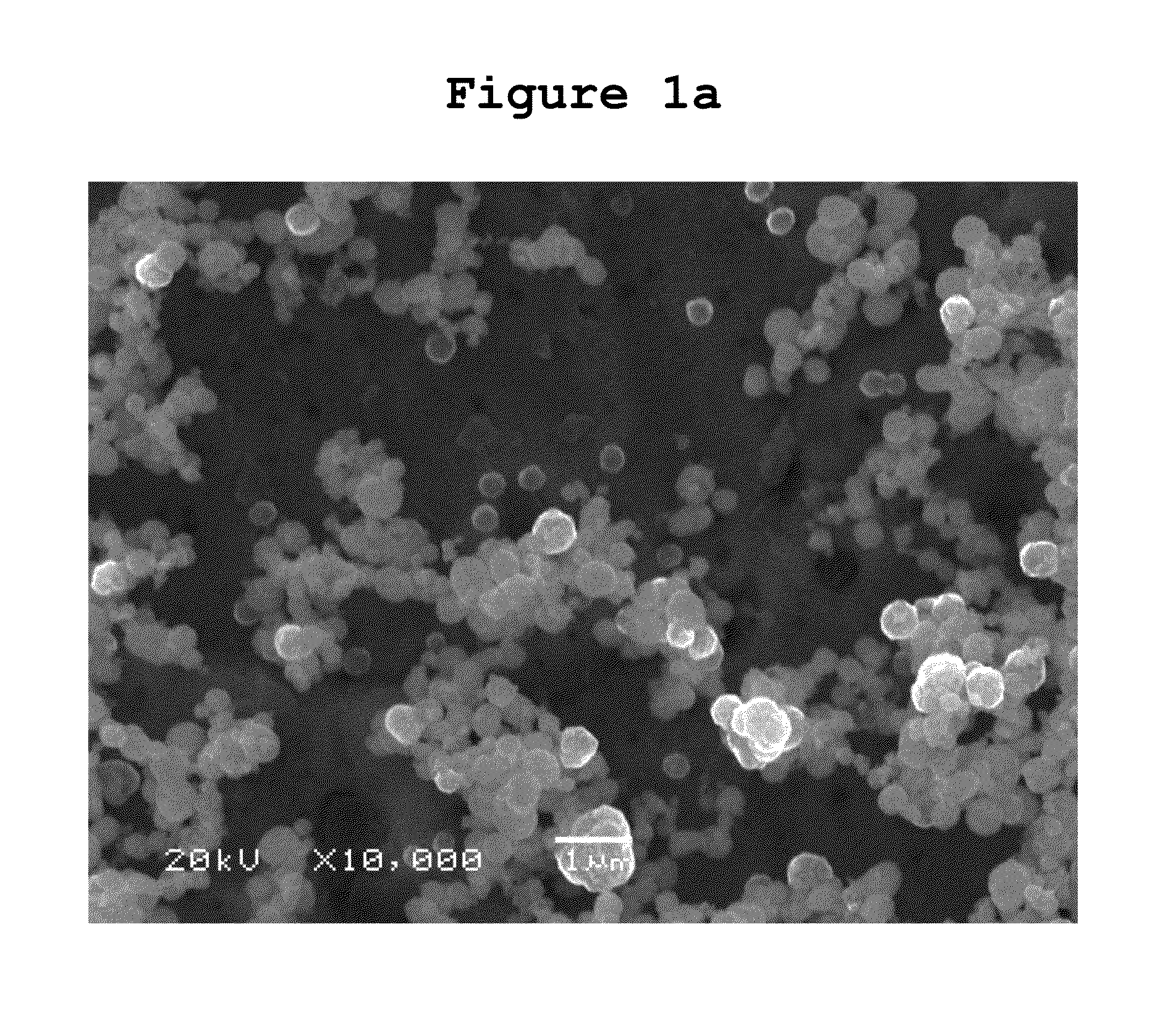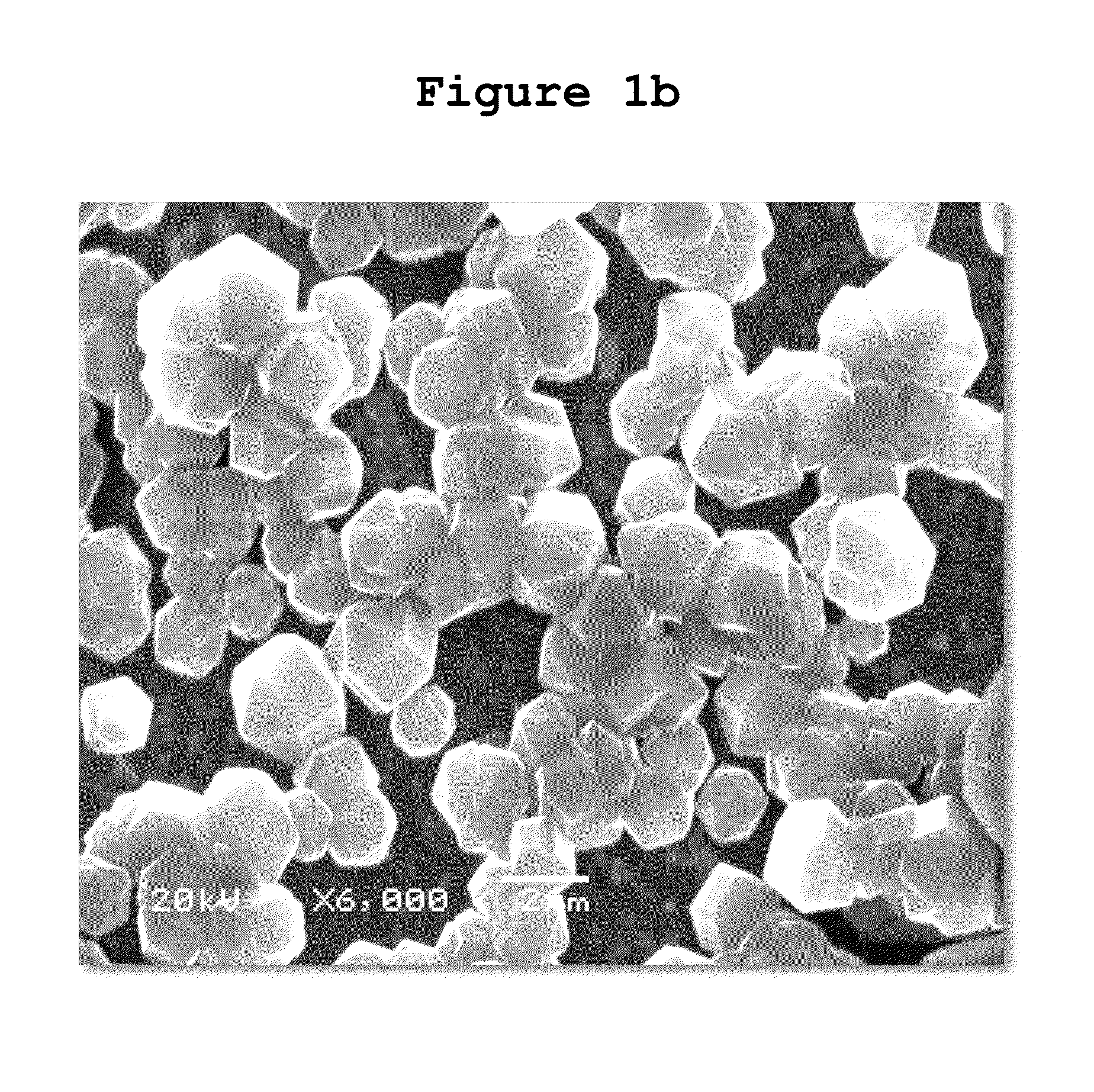Diamond nucleation using polyethene
- Summary
- Abstract
- Description
- Claims
- Application Information
AI Technical Summary
Benefits of technology
Problems solved by technology
Method used
Image
Examples
reference example b
[0045]Polyethene layers of varying thickness 50, 90, 180 and 270 μm were deposited on silicon substrates and subjected to same experimental conditions as those of working example I explained above for a period of 8 hrs. There was no diamond formation observed on the Si substrate even with increasing thickness of the polyethene layer and increasing time of reaction.
reference example c
[0046]Polyethene layers of varying thickness 50, 90, 180 and 270 μm were deposited on Molybdenum substrates and subjected to same experimental conditions as those of working example I explained above for a period of 8 hrs. There was no diamond formation observed on the Mo substrate even with increasing thickness of the polyethene layer and more reaction time.
PUM
| Property | Measurement | Unit |
|---|---|---|
| Temperature | aaaaa | aaaaa |
| Temperature | aaaaa | aaaaa |
| Fraction | aaaaa | aaaaa |
Abstract
Description
Claims
Application Information
 Login to View More
Login to View More - R&D
- Intellectual Property
- Life Sciences
- Materials
- Tech Scout
- Unparalleled Data Quality
- Higher Quality Content
- 60% Fewer Hallucinations
Browse by: Latest US Patents, China's latest patents, Technical Efficacy Thesaurus, Application Domain, Technology Topic, Popular Technical Reports.
© 2025 PatSnap. All rights reserved.Legal|Privacy policy|Modern Slavery Act Transparency Statement|Sitemap|About US| Contact US: help@patsnap.com



